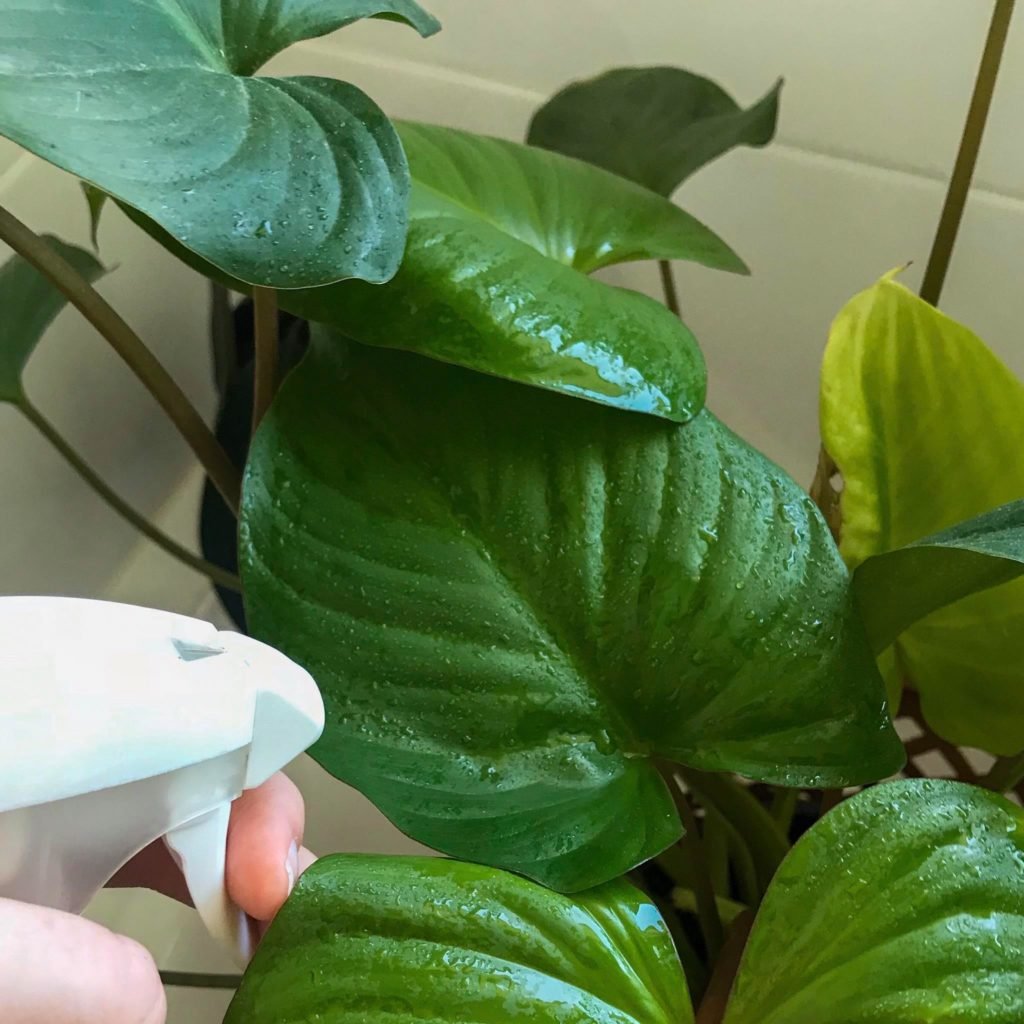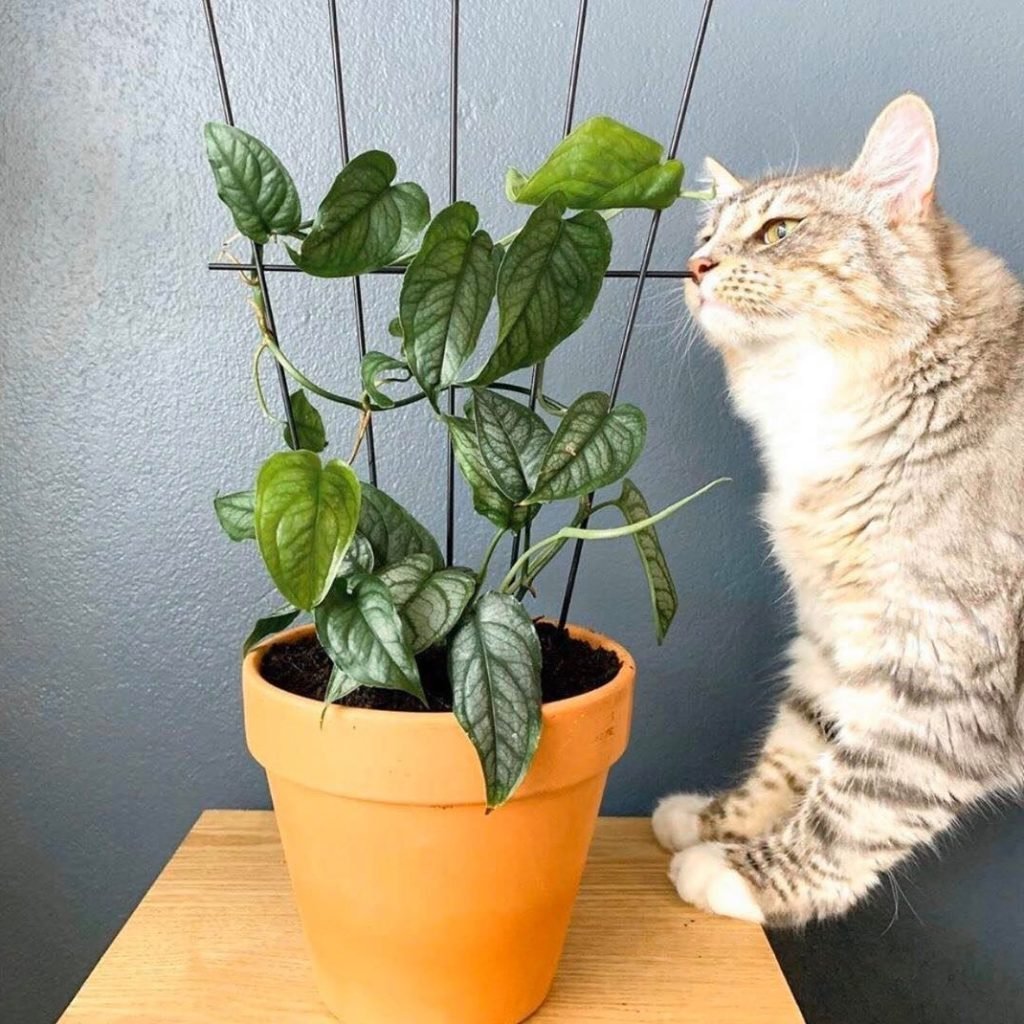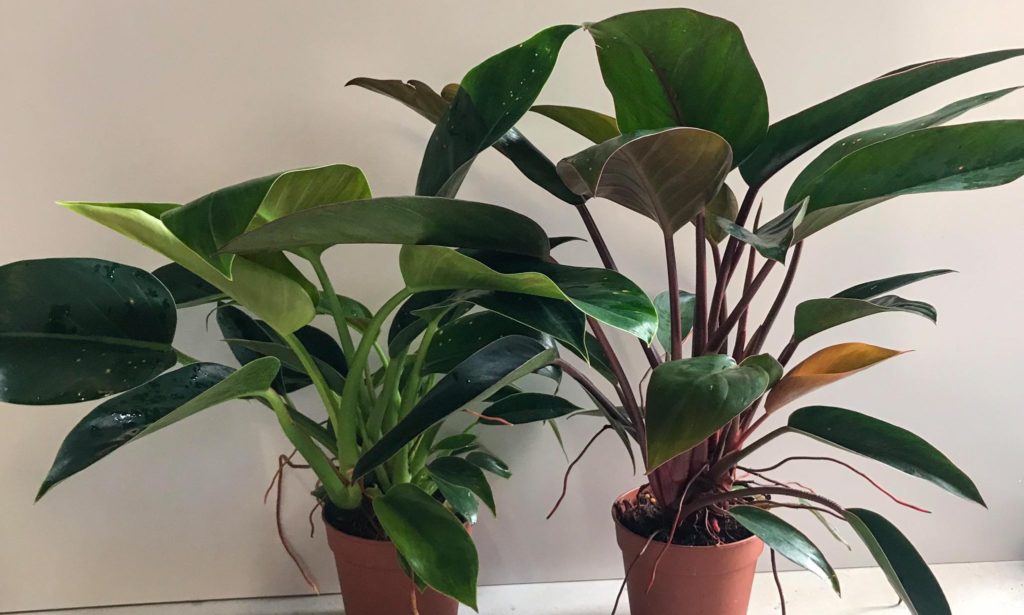With a majority of your typical homes providing approximately 30 percent humidity, you may find issues keeping specific species of indoor plants just anywhere. A large population of indoor plants will require humidity levels from 40-80% so location is everything.
Most of our houseplants come from tropical backgrounds where they thrive in warmth and humidity. Sometimes air in our homes can be quite dry, especially in winter when we turn on heating or in summer when air conditioning is used, as these devices remove or add heat to the air whilst removing the humidity. This can create numerous problems for your plants indoors like leaves beginning to brown and/or shrivel. A lack of humidity can also invite unwanted pests such as spider mites which feed on your plants and weaken them. Most plants will suffer in dry air so here are some tips to up the humidity and help keep your plants happy and healthy.
What is humidity?
Humidity is a measurement used to determine how much moisture is in the air. This is done by quantifying how much water vapour is in the air.
How to determine how humid it is?
There are a few ways you can determine the humidity in a particular room or space for your indoor plants. One of the most accurate ways to determine humidity is with a digital humidity monitor.
Ways to increase Humidity
After measuring the humidity in your room housing your indoor plants you may find that the humidity levels are too low and this is a factor for your plants poor health. The following paragraphs will look at easy techniques to increase the humidity in your home.
Misting
One of the easiest ways to increase humidity is misting the plant. Using a spray bottle that can do a fine mist is best. You may find you need to move the plant to a sink to avoid any water possibly damaging furniture. Simply spray the plant all over and that should help increase the humidity and make your plant happy.

Pebble Tray
Stand your plant on a tray full of pebbles/ rocks then topped up with water just enough to cover the medium but not as much that your plant is sitting in water. This humidity technique helps create a microclimate for your plant. This works as the water evaporating from the pebbles/ rocks adds additional moisture to the air and in turn increasing the humidity.

Bathroom
Bathrooms are the perfect place for exotic plants as hot baths and steamy showers create a humid environment naturally and that’s what plants love. Moving your plants into your bathroom will allow them to benefit from the increased humidity.
Glass or Plastic Plant Domes
With smaller plants, you can try putting them under a glass or plastic dome. Once you water your plant, put it under the dome and this helps trap moisture causing a humid environment.


